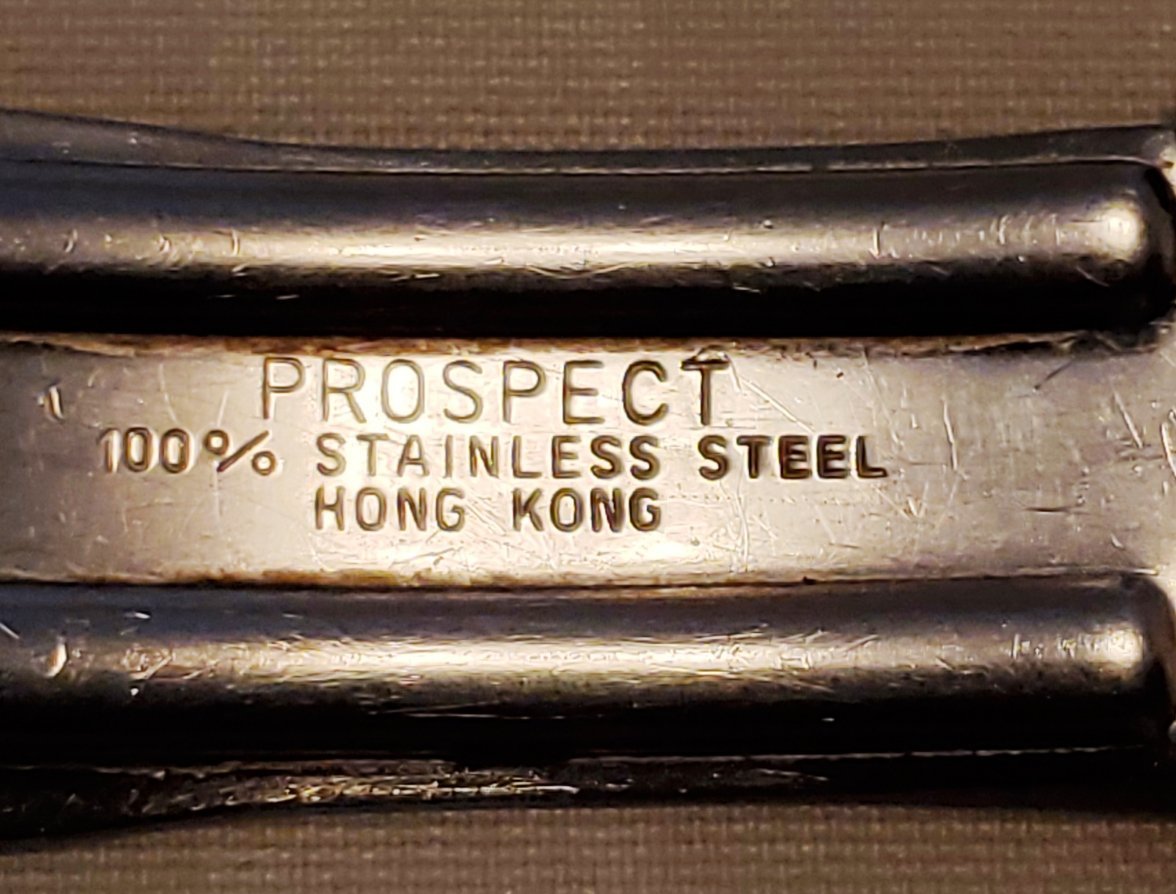I own one of these watches, in good cosmetic condition, on it's original bracelet. The Caravelle Pilot World-Time GMT was one of the more interesting offerings from Caravelle, and worth collecting if in good condition. I was doing some current price research on these watches and found this thread. I joined the forum to answer some of your questions.
Back in the day the Caravelle, watch brand was conceived by Bulova to appeal to the market for 'budget' watches without cheapening the Bulova brand. Same business model as is behind Rolex's Tudor brand. The Caravelle by Bulova watches were originally targeted to the kind of consumer that shopped at retailers like J.C. Penney and Montgomery Ward. Most Caravelle watch models were inoffensive things that contained run of the mill Swiss...and later Japanese movements. They were not 'high end' by any stretch, but neither were they junk.
The Caravelle Pilot World-Time GMT contains Bulov'a cal.11 OKACB movement, aka AS 1906. The AS 1900 series movement was one of the workhorse Swiss movements produced in the squillions and used in all kinds of 'budget' watches and even a few high end offerings. Jaeger-LeCoultre used an AS 1906 in their 'budget' Club Automatic model back in the 1970s. AS was one of the many Swiss victims of the Japanese quartz movement slaughter. Eventually AS was folded into ETA/Swatch Group.
The AS 1906 is an unsophisticated but solid movement capable of decent reliability and can keep good time. It's a 12 hour movement, 17 jewels, 21,600 BPH, Day/Date, with automatic module. It does not have a hacking function, neither does it have a quick change date function. The movement was produced in 1969. This movement has an offset friction pinion and that's its biggest problem. The friction pinion is mounted on the train's great wheel and has a tendency to wear out. If you have a watch that seems to be running perfectly on the time-o-graph but the min/hr hands are not moving, that's likely your problem. That's what's wrong with my watch. Fortunately, since these movements were made in such large quantities, NOS parts are still easy to find at reasonable prices. I purchased a NOS great wheel/pinion assembly for the bank account busting sum of $15.
Watches with world time bezels were very popular with 'jet-setters' and jet-set wannabes in the 60s-70s. Back in the day, before everyone had a phone/TV studio/super computer in their pocket, such a watch could be useful. This is how the bezel/chapter ring is used to find the time in the cities printed on the bezel: Let's say you're in NYC at 10pm and want to know the time in London. Step 1: 12+10=22 Step 2: Rotate the bezel until the hash mark under New York lines up with 22 on the chapter ring. Step 3: Locate 'GMT' on the bezel (London is in the GMT time zone). Observe that the hash mark under 'GMT' is pointing to 3 on the chapter ring. It's 3am in London. Nifty, huh?
Another interesting thing about this particular watch is which cities are included on the bezel. Cities like Tehran are included. At the time, before the Islamic Revolution in Iran, Tehran was a popular destination with the jet-set. Also notice that cities like Moscow and Beijing are not included, since the Iron Curtain was still a thing. For me this watch is a fascinating horological relic from the pre-mass computer, jet-set/Cold War era.
I intend to get my watch back into working condition and plan on wearing it. My only complaint is it's on the small-ish side...36mm. I typically wear watches around 40mm.
Currently these watches sell for $300-$400 in good cosmetic condition with recent service and in good running condition. Good cosmetic examples that are not running go for about $100. Not bad for a watch that sold for around $50 when new (about $250 inflation adjusted). I like this watch. In collecting, whether it's cars, coins, stamps or watches, that's the important thing, and money is secondary.
I hope some of you have found this helpful.


